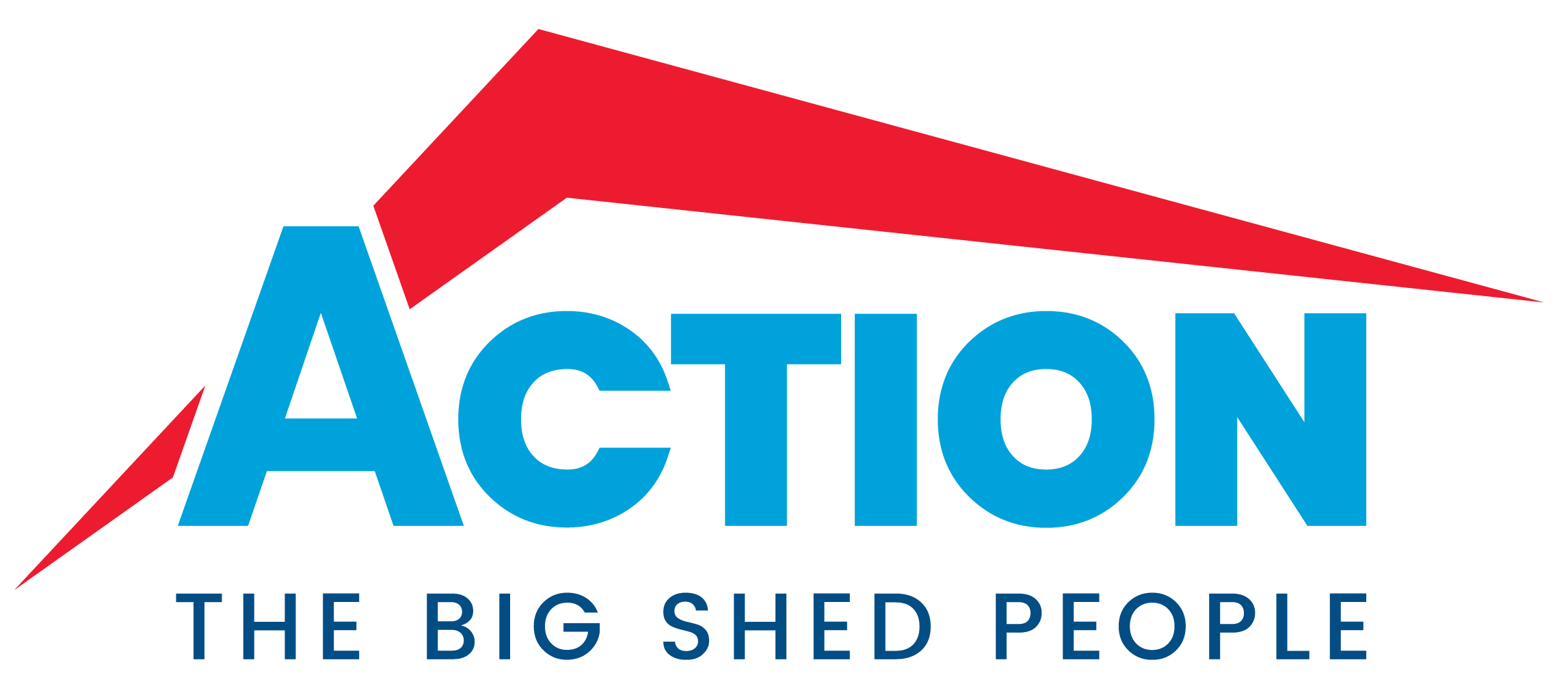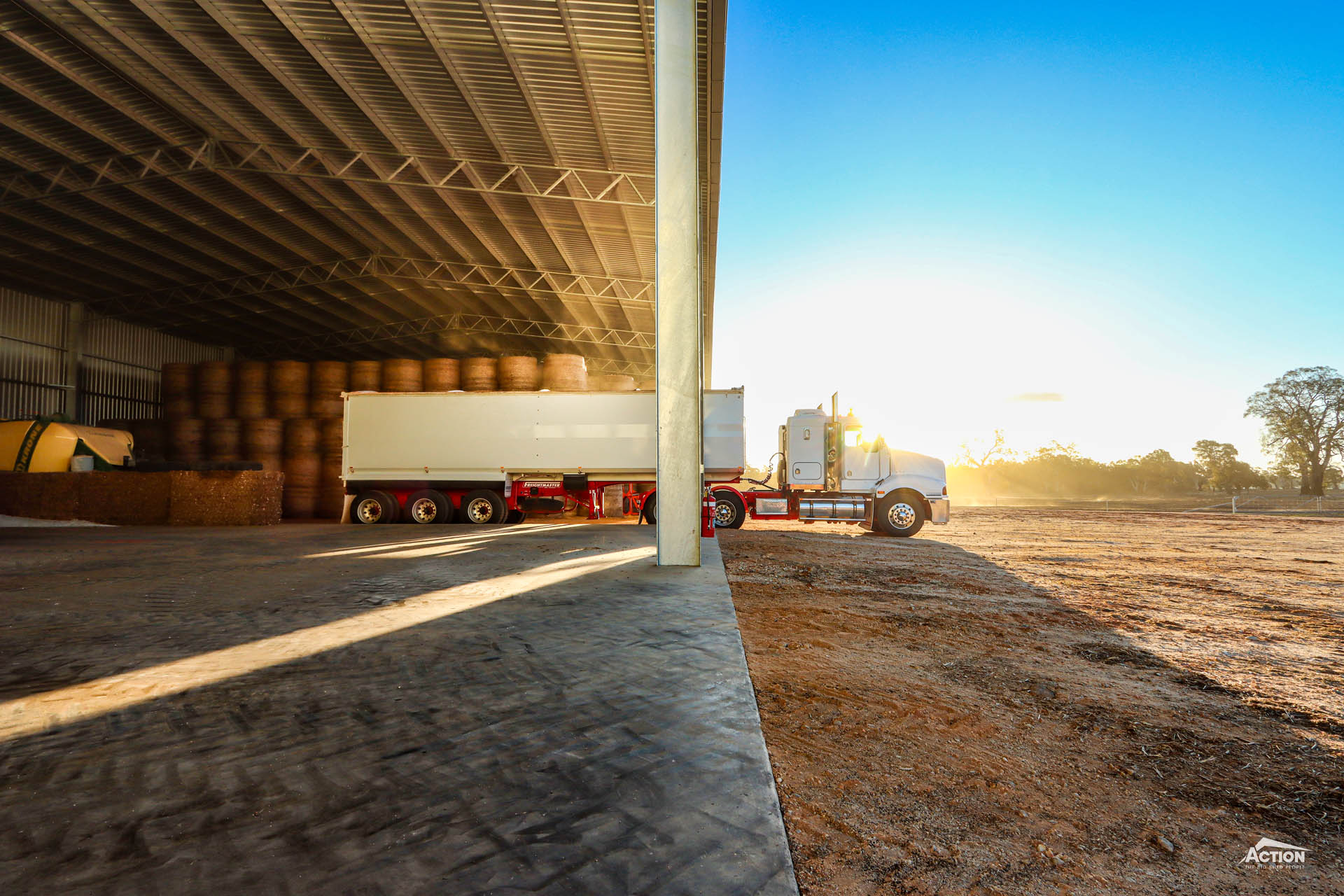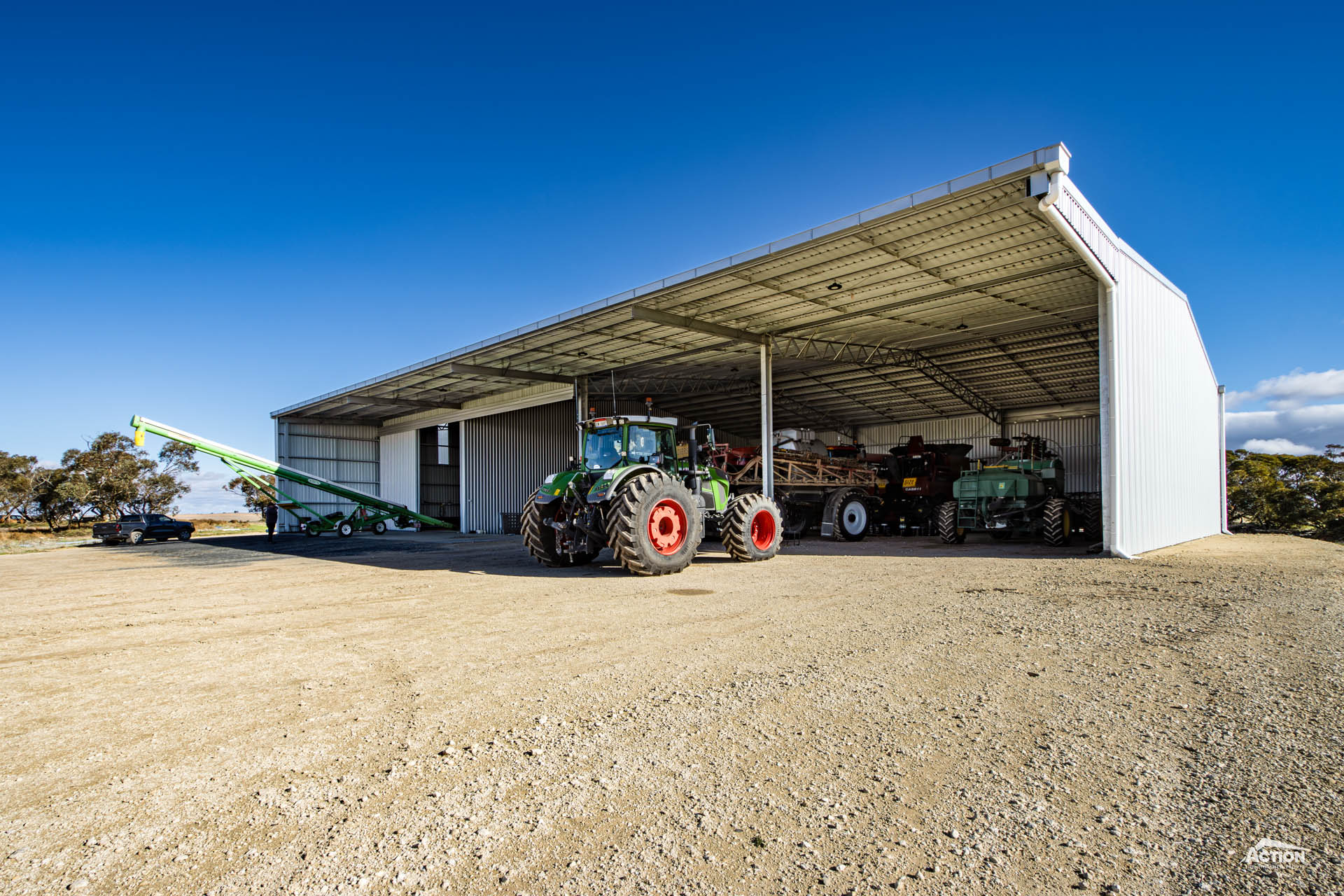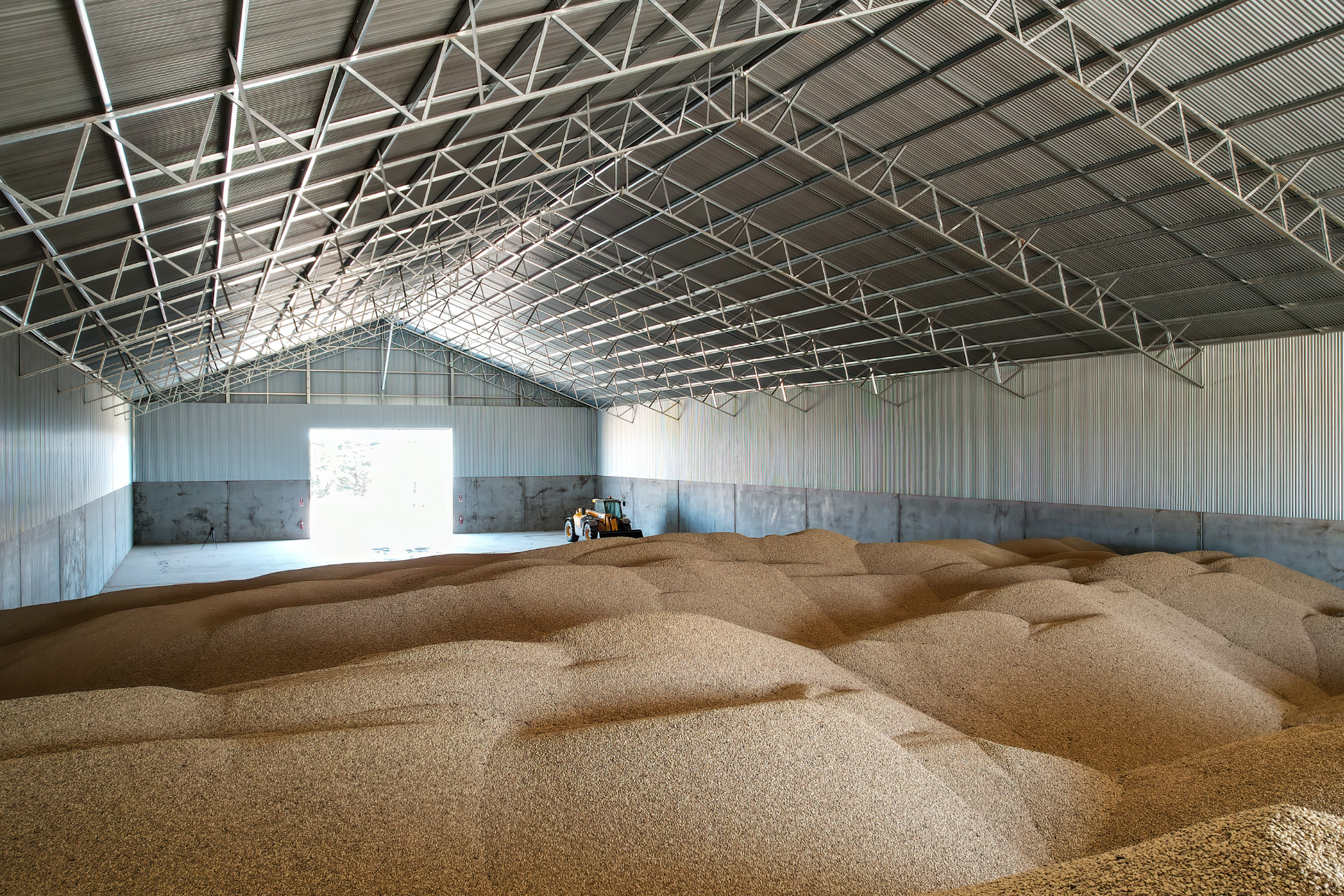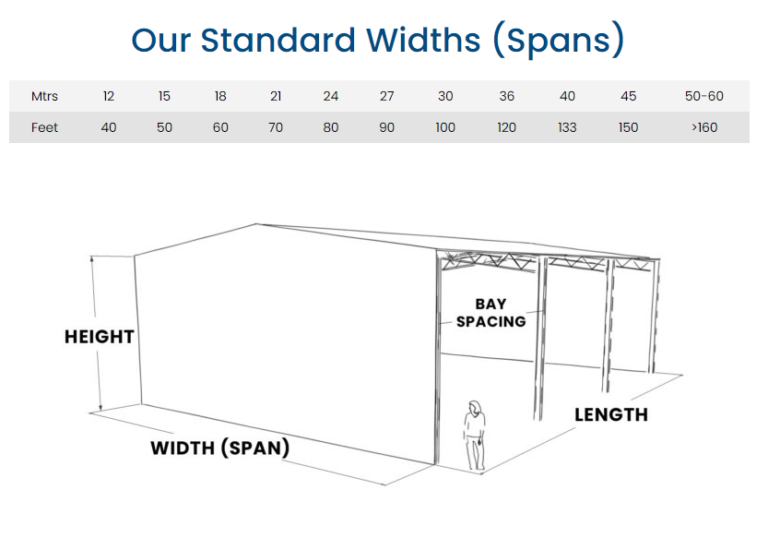Choosing the correct concrete slab thickness for your farm shed project can help avoid maintenance issues and further expenses in the future.
In this article, we discuss concrete slab thickness requirements and answer other common concrete slab questions, including:
- How thick does the concrete slab in my shed need to be?
- Can I install a thinner slab under the workbenches?
- Should I install the concrete slab before or after the shed is built?
Let’s get into it!
Concrete Slab Thickness For A Shed
Firstly, if you would rather watch a video on this topic, check out the video below from Lester. He covers all the main points about concrete slab thickness – with some handy graphics.
Or read on.
If you are considering installing a concrete slab in your shed – whether it is for the complete shed, an apron at the front or an enclosed bay – read on to find out the ideal thickness for your shed slab and answers to frequently asked questions.
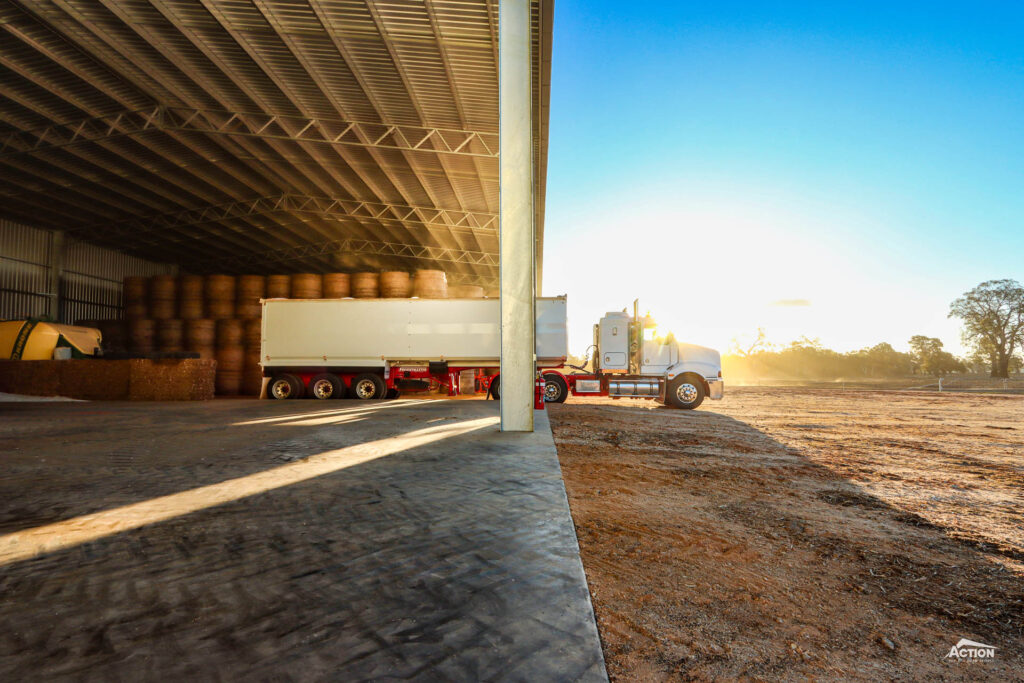
How Thick Does The Concrete Slab For My Shed Need To Be?
The most common thickness for a shed slab is 150mm (6 inches), with one layer of reinforcing mesh. This is adequate for any smaller to medium sized farm machinery such as tractors.
However, it is a different story if you are driving fully loaded semis or B-Doubles across the slab.
In this case 170mm to 200mm concrete slab thickness is usually required to accommodate the load. Another layer of reinforcing (reo) mesh will also be required.
If you think your shed will require a thicker slab, we can engineer a slab to suit whatever purpose.
How Much Will The Concrete Slab For My Shed Cost?
In rural areas, a 150mm thick concrete slab will cost between $90m² and $120m².
Although a 125mm thick slab may be adequate in some farm sheds, we still recommend that you choose a 150mm deep slab. This is because the extra thickness does not contribute significantly to the slab cost.
For example, over 100m² of concrete slab, only another 2.5m³ of concrete is required to increase it from 125mm to 150mm thickness. This equates to about $500 difference!
There are several other reasons why we don’t recommend a thinner shed slab.
Firstly, thinning the slab out under workbenches and work areas requires more preparation. This means that there are additional labour costs which will likely undo any cost-savings from reducing the slab thickness.
Secondly, repairing concrete slabs is quite difficult. Skimping on the thickness could cost you more in the long term with maintenance – particularly in high-traffic machinery workshop sheds.
Should I Install The Concrete Slab Before Or After My Shed Is Built?
We generally recommend an ‘infill’ slab. This is a slab is poured after the shed is completed.
An infill slab allows the concrete to form around the wall cladding at ground level and seal off the shed. This helps make the shed rodent-proof and minimise the amount of dust and dirt that enters the shed.
Installing an infill slab is a potential cost saving too, as this method can be easier for the concreter because it requires less boxing up.
Shed Site & Pad Preparation
Remember that regardless of the slab thickness that you choose, it is essential to start with a well-prepared site. Your slab will only be as good as the foundation.
You can learn about the top 10 tips for preparing a shed pad, in the video below.
We hope this article helps answer your questions about concrete shed slabs!
You might also like this article – 5 Smart Concrete Slab Ideas For Your Farm Shed
And check out the gallery below for ideas and inspiration.
For more helpful information, brochures and videos browse the Learning Hub.
